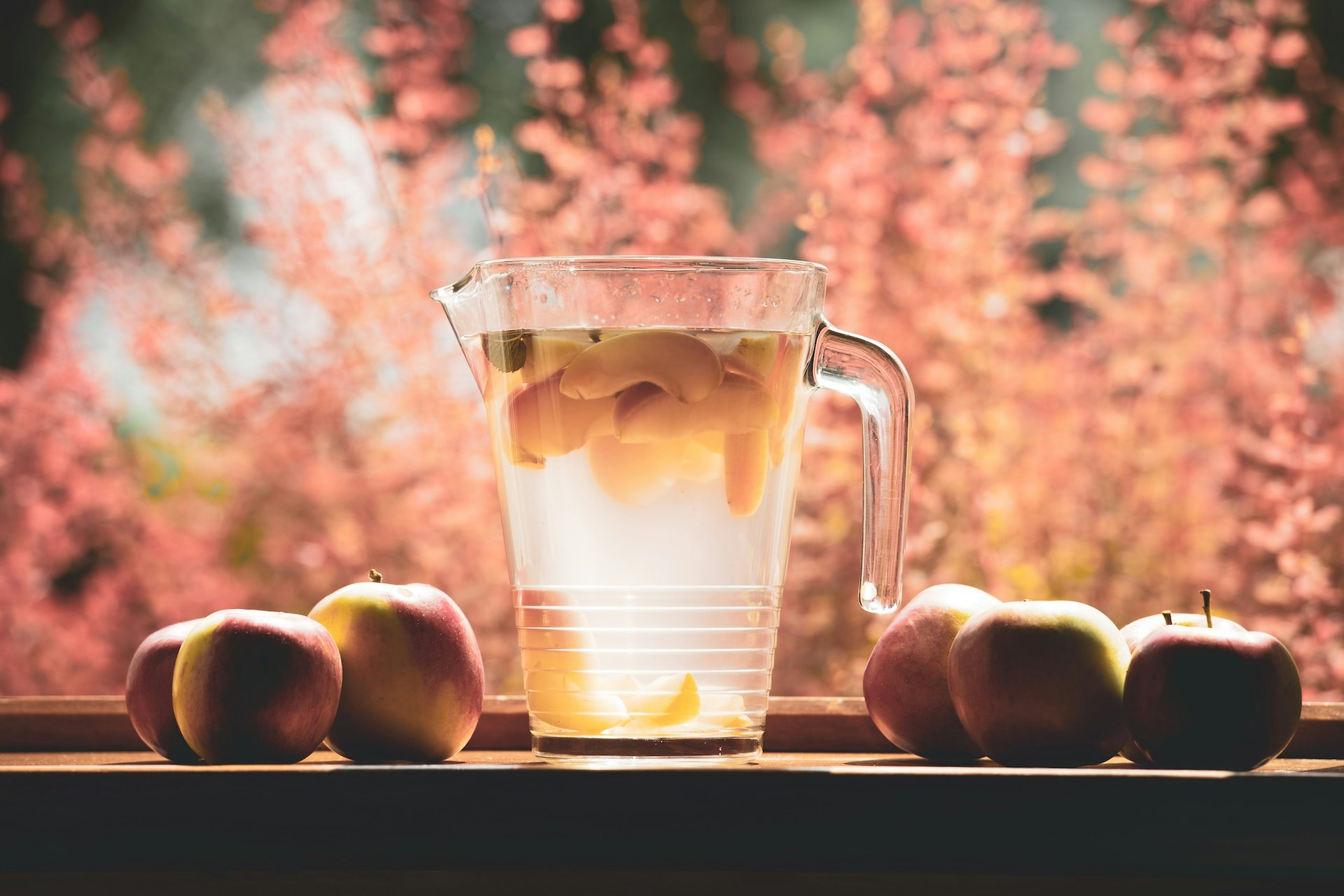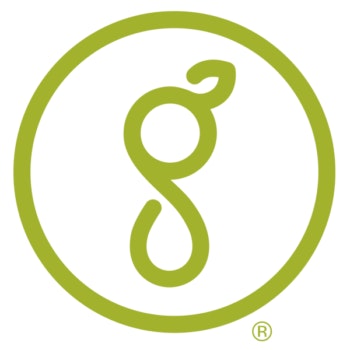On average, an 8-ounce serving of unsweetened, 100% pure apple juice typically contains around 24–26 grams of sugar.
The exact amount of sugar in apple juice can vary depending on several factors, including the apple variety used and whether any additional sweeteners or sugars were added during processing.
It's important to note that juice labeled as “100% pure apple juice” contains only natural sugar and no added sugars.
How Much Sugar in Pure Apple Juice?
As mentioned before, the amount of sugar can vary, and some commercial apple juices might have more or less sugar. An average 8-ounce serving of unsweetened, 100% pure apple juice typically contains around 24–26 grams of sugar.
It's important to know the difference between natural sugars found in fruit juices and added sugars. A lot of apple juice has sugar or sweeteners to make it taste better. Make sure to check the nutrition label to see if there are any extra sugars in the product.
If your 8-ounce cup of pure apple juice has 23.9 grams of sugar, it will comprise just about 59% fructose, 27% glucose, and 13% sucrose.
Glucose and fructose are absorbed directly into your bloodstream, while sucrose must be broken down first. Glucose is used for energy or stored as glycogen. Fructose is converted by the liver to glucose for energy or stored as fat.
You will notice that fructose, also known as fruit sugar, makes up a large percentage of the sugar content of apple juice. This is good because fructose is less likely to spike blood sugar or insulin levels than glucose or sucrose.
Furthermore, if you keep some apple peels in your juice, the fiber can help your body use glucose better. This can also prevent your blood sugar and insulin levels from going up too much.
DID YOU KNOW?
The color of the apples you use to make juice affects how much sugar it has. Research shows that green apples typically have less sugar than red-colored varieties.
Why are Many Juices Mostly Apple Juice?
Many fruit juices are indeed based on apple juice. This juice has a mild and sweet flavor, which blends well with other fruit juices.
It is often used as a primary ingredient in fruit juice blends and can be found in various fruit juice combinations, such as apple-cranberry, apple-orange, and apple-grape juice.
Apple juice is naturally sweet and can balance out the taste of other fruits that are more tart or acidic, making it a popular choice for creating a wide range of fruit juice products because of its versatility.
In a Nutshell
To summarize, pure apple juice is a beverage that is naturally sweet and primarily composed of fructose. While it offers valuable nutrients and antioxidants, it is important to be aware of its sugar content, which can be relatively high.
Choose pure apple juice varieties, unsweetened by added sugars. Enjoy apple juice with moderation to balance your sugar intake and keep your diet in check. Make smart choices to fit your dietary preferences and needs while enjoying the taste and benefits of this classic drink.


Comment